 It’s time to start thinking about school lunches again. Do you have a peanut butter and jelly kid? I have one of each. A peanut butter and jelly kid who would eat the beloved sandwich at every meal, every day, if I let her and one kid who can take ’em or leave ’em.
It’s time to start thinking about school lunches again. Do you have a peanut butter and jelly kid? I have one of each. A peanut butter and jelly kid who would eat the beloved sandwich at every meal, every day, if I let her and one kid who can take ’em or leave ’em.
It turns out they both have their pros and cons. The peanut butter and jelly kid leaves me with an easy option. It’s quick and easy to make a PB&J and while it’s not the healthiest thing in the world, it could be a lot worse. The take ’em or leave ’em kid makes life a bit more tricky, yet it’s easier to get a larger variety of foods into him.
Meghan, my oldest, is my PB&J kid. She would love it if I packed the sandwich in her lunch every single day. For the sake of variety, I do not, but she does get one in her lunch box a lot. Probably more than she should, but remember what I said about the easy part? Yeah, sometimes convenience wins.
How healthy a peanut butter and jelly sandwich is really depends on the ingredients you use. I figure if my child is going to be eating this sandwich often, I better make it as healthy as I can. Some of the things on this list I’ve been doing since the beginning, and a few of them I’ve been experimenting with lately to see how many ways I can squeeze more nutrients into this lunch staple.
1. Use the best bread you can.
The best way to start is with a high quality, whole grain bread. Of course, homemade sandwich bread is top notch because you control the ingredients and you know there aren’t going to be any preservatives. I know that just isn’t every person’s reality, though. It’s not my consistent reality, unfortunately. (Maybe someday? I’ve been saying that for years.) The next best thing is bread baked fresh from a bakery or your grocery store’s bakery section with solid ingredients. Our local grocery store bakes fresh, whole grain bread with organic ingredients. It’s hella expensive, but they do have a point system that allows you to get it cheaper. I save my points to buy this bread, usually every other week. The next best is a store bought, whole grain bread option without ingredients like high fructose corn syrup, partially hydrogenated oils, and azodicarbonamide. My top pick is Food for Life Ezekiel Bread, but unfortunately my daughter doesn’t care for it as a sandwich bread. Dave’s Killer Bread is another good choice if you can find it in your area.
2. Use organic, natural peanut butter.
Peanut crops are highly sprayed with pesticides. Why does this matter? This is straight from the EPA’s website: Adverse effects of pesticide exposure range from mild symptoms of dizziness and nausea to serious, long-term neurological, developmental and reproductive disorders. Simply put, this is not a risk I’m willing to take with my children. Pesticide exposure is at an all-time high with our children, and we don’t know exactly how far-reaching and devastating the results are going to be. If you can afford it, organic peanut butter is the way to go. You also want peanut butter without added oils or sugar. Just peanuts or peanuts and salt should be the only ingredients. (Even if you can’t get organic, getting natural is super important as well, so look for peanut butter with just one or two ingredients.) My favorite organic peanut butter is Smucker’s Organic, which I get at Target for around $4.50 a jar.
3. Use organic, low sugar jam.
I know it’s called “peanut butter and jelly”, but in most cases, jam is a better option. Jams are made with the whole fruit crushed, while jelly is made from only the juice of the fruit. Organic is best for the same reasons that I recommend organic peanut butter. Berries and grapes, the most often used fruits for jams and jellies, are some of the highest in pesticides. I’ll admit, it can be very difficult to find a jam that is both organic and low sugar. I used to buy St. Dalfour jam a lot because it is made with no added sugar and it was the only brand that I could find that didn’t have sugar on the label. But it isn’t organic. I guess sometimes you need to pick your poison. The Kirkland brand Organic Strawberry jam at Costco does have added sugar, but it’s lower in sugar than most jams out there. For even better options, see the next three ideas on the list.
4. Make your own chia seed jam.
I make my own chia seed jam as often as I can. Lightly sweetened with raw honey and nutritionally enriched from the chia seeds, this jam is your healthiest option. The best part is that it only takes five minutes and a few simple ingredients to whip it up.
5. Use raw honey instead of jelly or jam.
“Raw honey is an alkaline-forming food that contains natural vitamins, enzymes, powerful antioxidants and other important natural nutrients” (Source) The bonus is that peanut butter and honey taste incredible together. You obviously don’t want to add too much honey as it’s still sugar, but it’s a great natural alternative to store-bought jelly.
6. Use fresh fruit instead of jelly or jam.
One day, I realized I was out of jam when I was half way through making a PB&J. I did have some strawberries, so I finely diced them and used them in place of the jam. Meghan was happy to eat her PB&J this way! Peanut butter and sliced bananas is also a classic combination I grew up loving.
7. Use a different nut or seed butter.
How much you can get away with here will depend on your child. Meghan doesn’t like sunflower seed butter, so I can’t make her PB&J with that. Luke, however, does like it, so I make his with it for a change. Both of my kids like almond butter so I switch up the peanut butter and use almond butter sometimes. Variety is such an important part of children’s diets, so this little change can really help your child get some different nutrients he might not normally get. I’ve been experimenting with making different nut and seed butters in my food processor, which helps with the cost.
8. Add ground flaxseed meal.
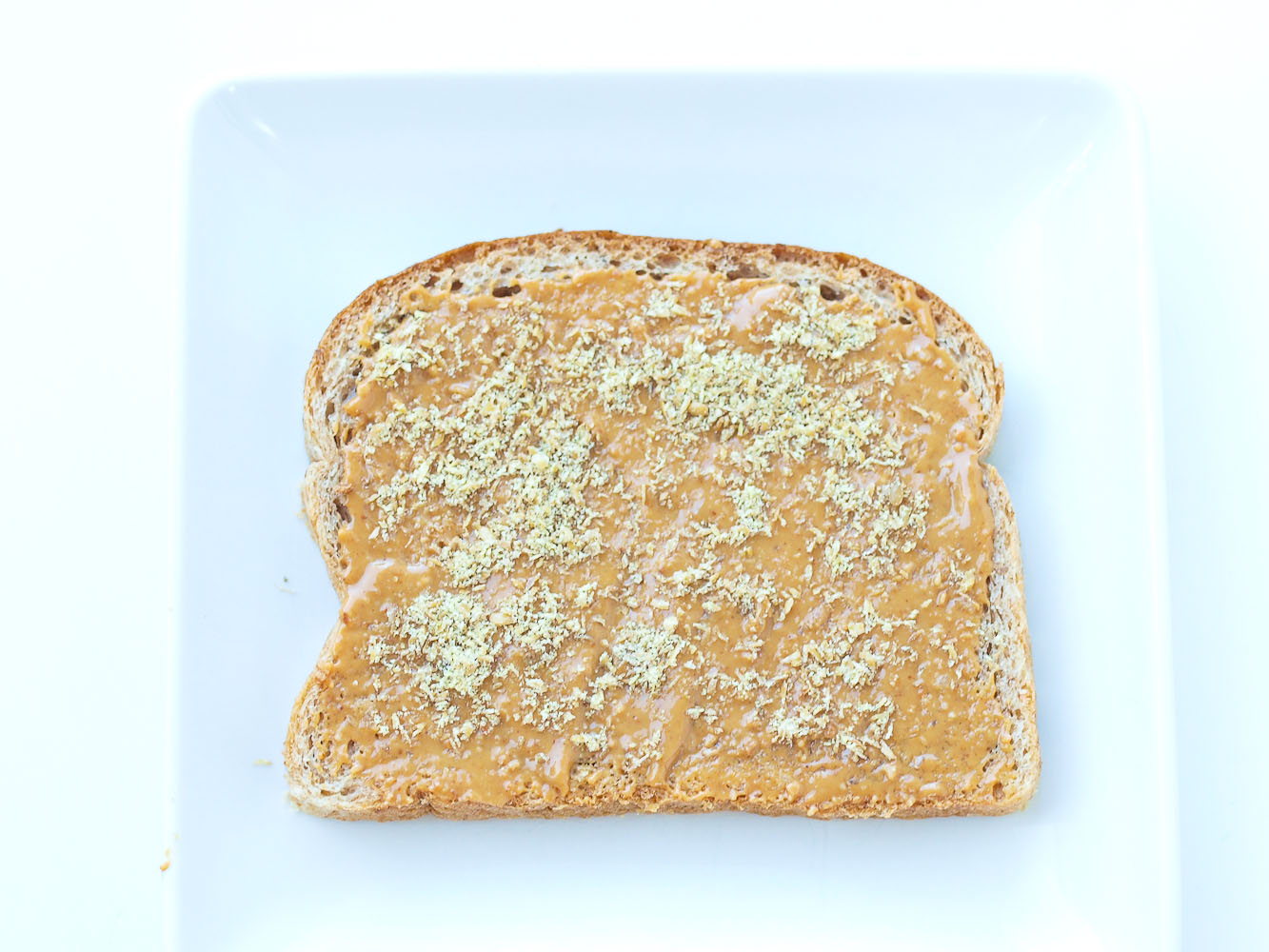 By sprinkling a little flaxseed on the sandwich, you are adding protein, fiber, manganese, vitamin B1, and omega-3 fatty acids (ALA). It just gives the sandwich a little boost of nutrition, and Meghan never even suspects that it’s there.
By sprinkling a little flaxseed on the sandwich, you are adding protein, fiber, manganese, vitamin B1, and omega-3 fatty acids (ALA). It just gives the sandwich a little boost of nutrition, and Meghan never even suspects that it’s there.
9. Cut your jam with a little plain Greek yogurt.
I know this sounds weird, but it’s actually pretty good. It boosts the protein of the sandwich and forces you to use less jam, which means less overall sugar. That’s a win! You can use equal parts yogurt and jam.
10. Add some hemp seeds. 
Just like the flaxseed meal, my kids don’t notice when I sprinkle these little guys on their PB&J. When you add hemp seeds to the sandwich, you are adding iron, fiber, antioxidants, zinc, complete protein, and a perfect balance of omega 3 and omega 6 fatty acids. A nice little boost!
Don’t be afraid to try one than one of these ideas at a time. Using these little tips, you can build a healthy peanut butter and jelly that you won’t mind if your kids ask for everyday! Are there any tips you’d add to this list?

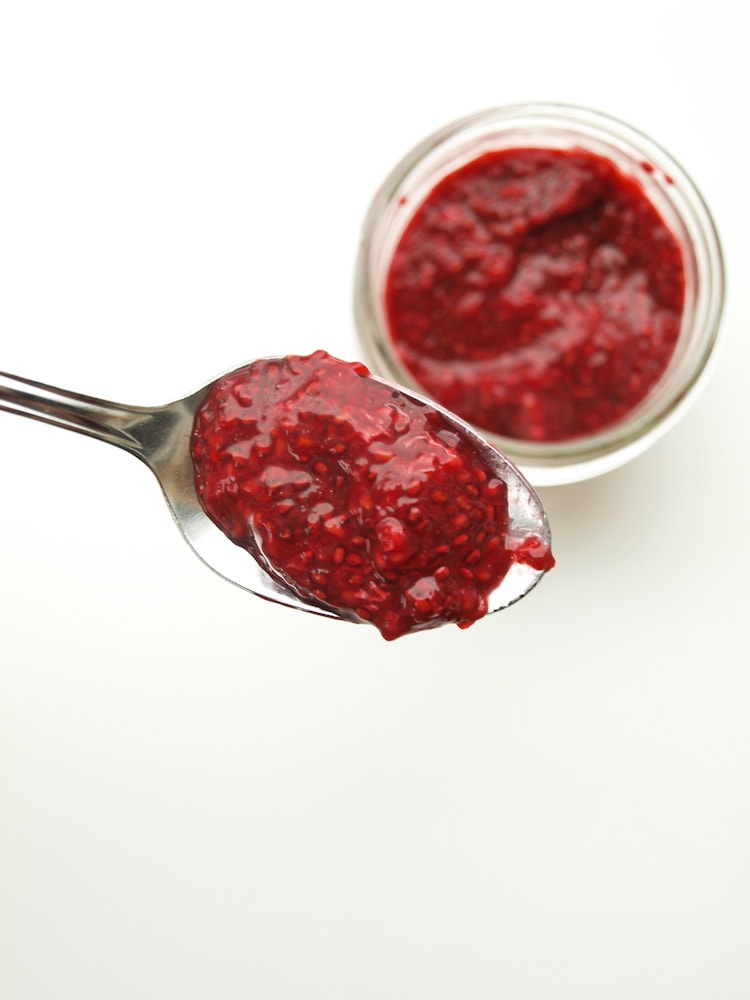

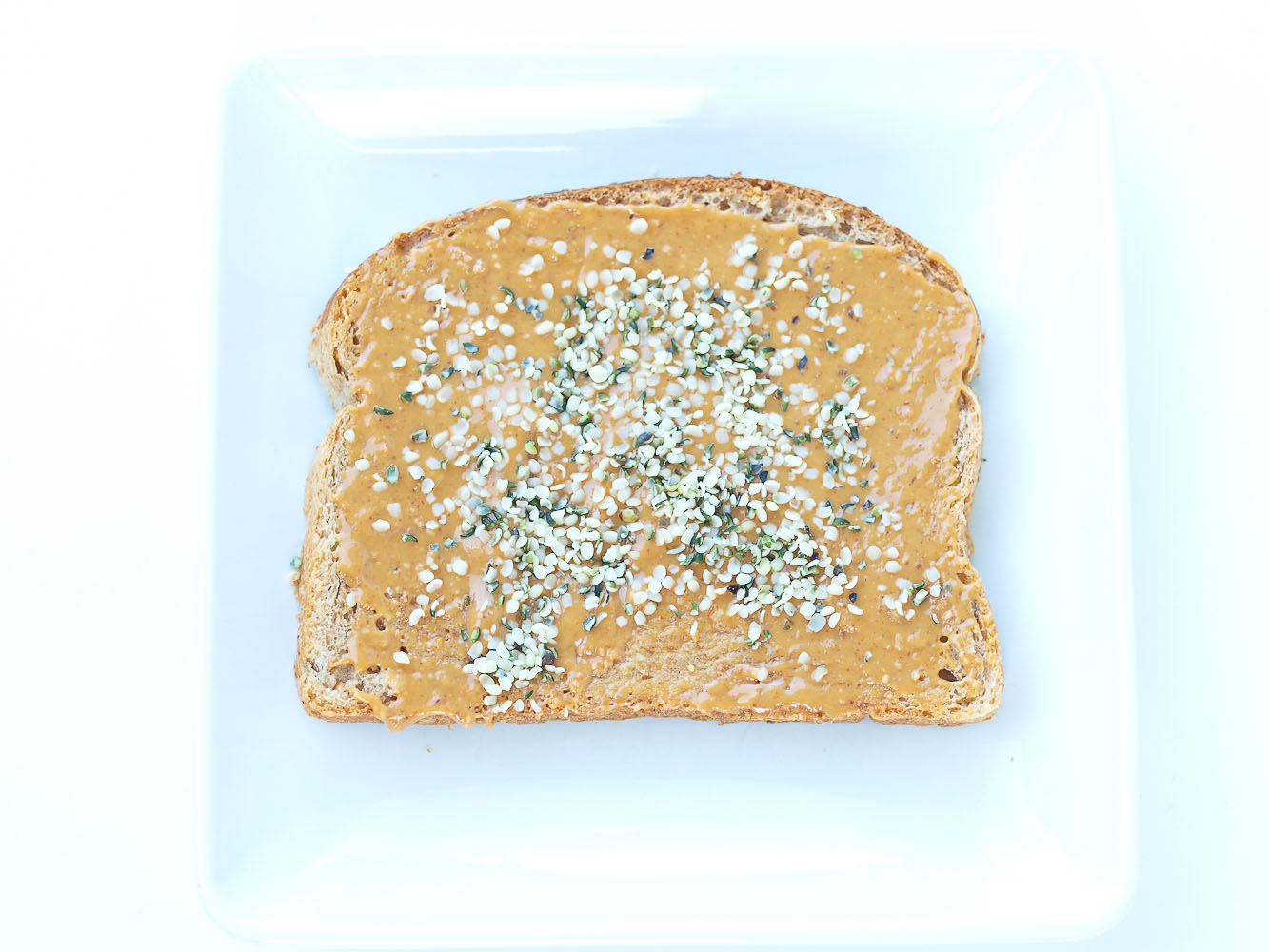

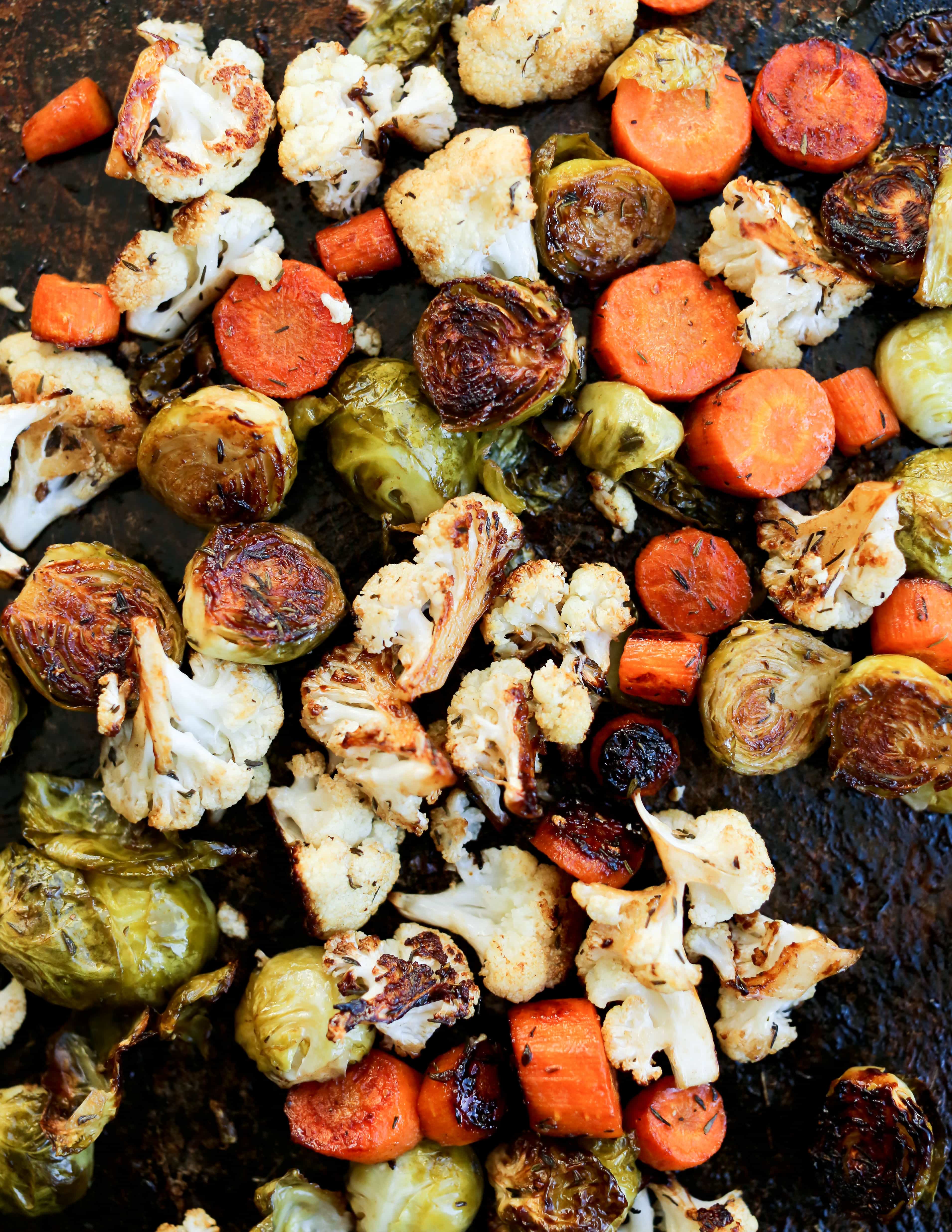
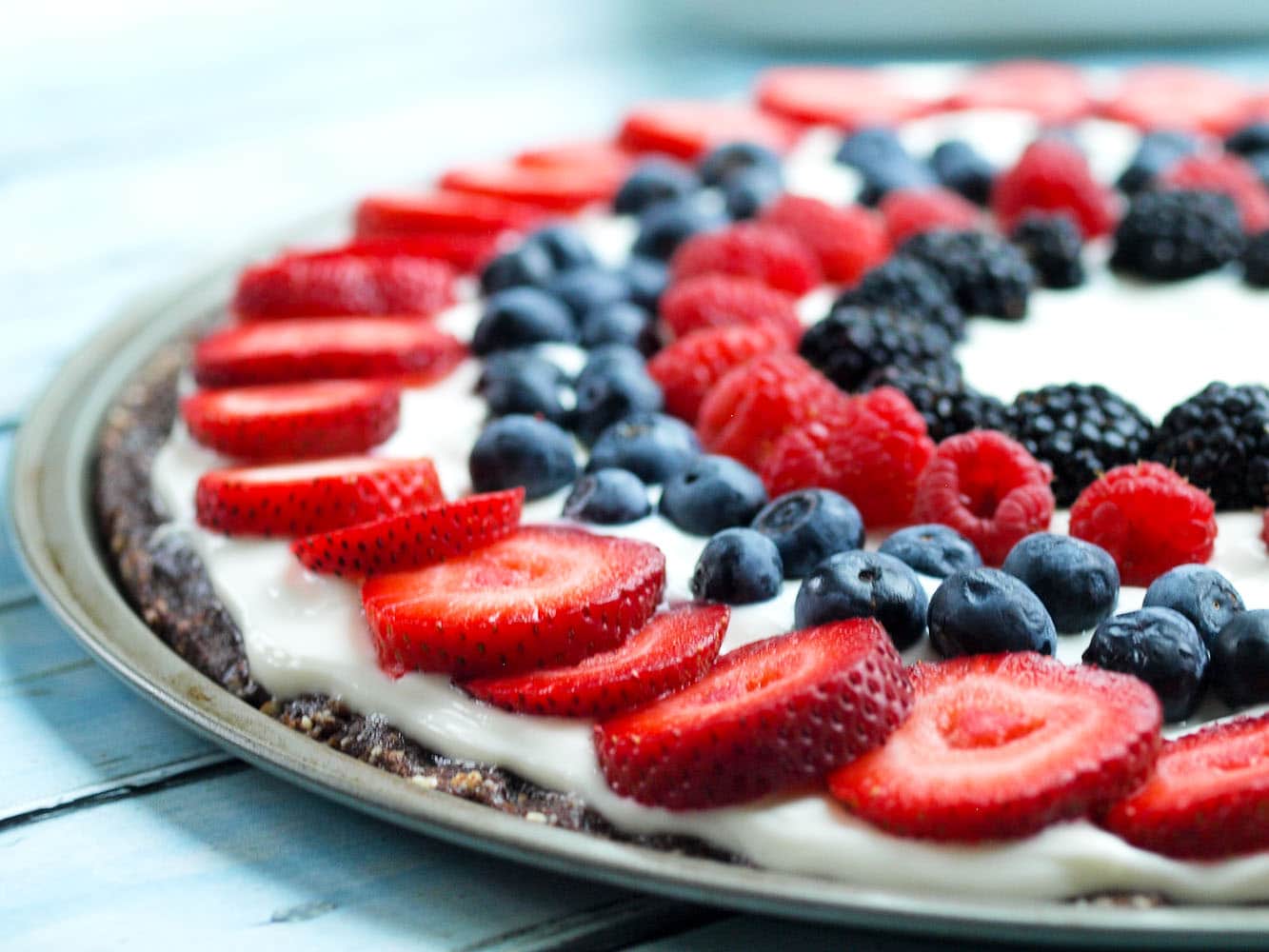
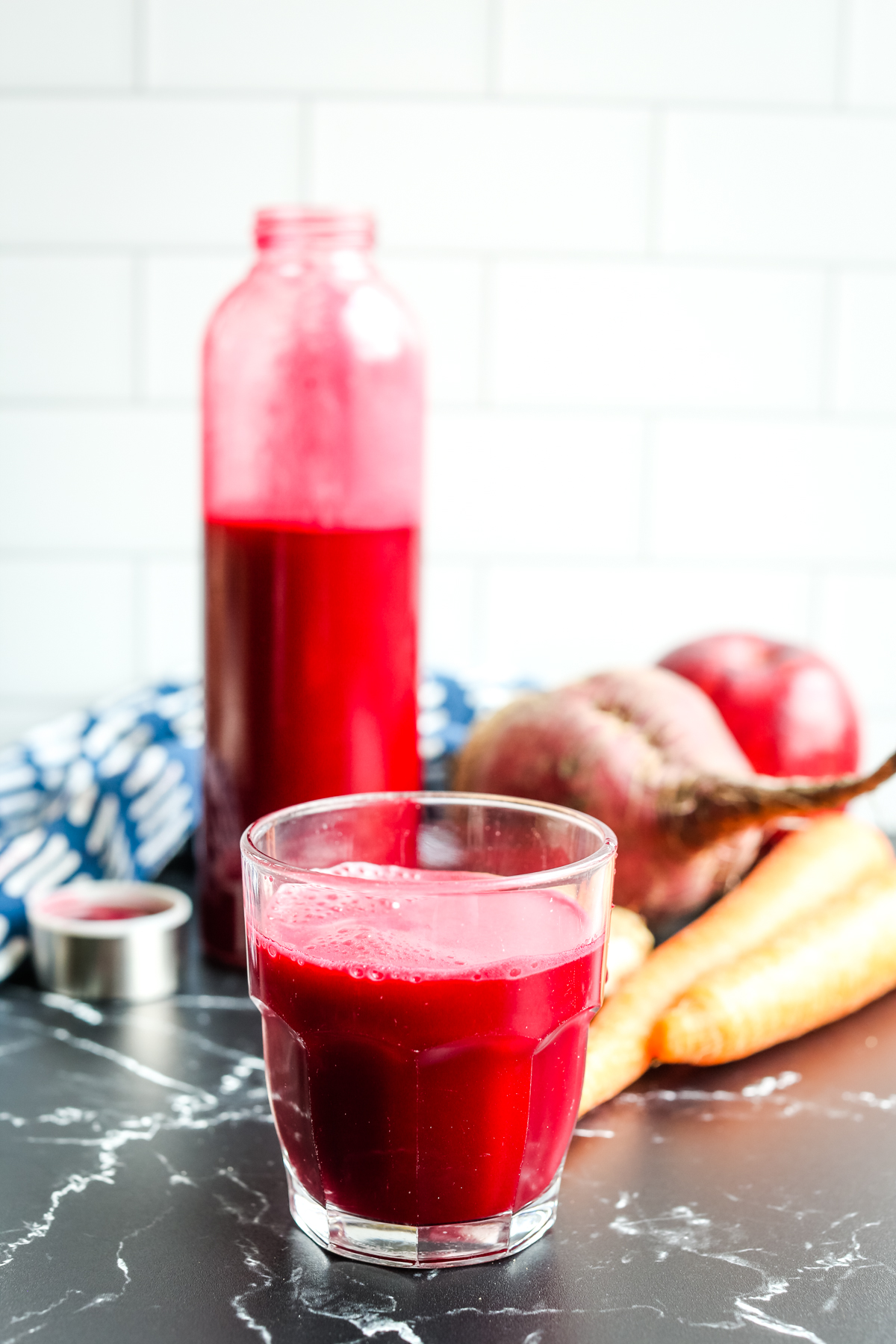
Natural creamy peanut butter blended with raw honey, a sliced organic banana and farmer’s market black currant jelly on honey wheat berry bread make up the delicious sandwich I’m having to eat right now. *takes a bite* Mmm, so good. And what’s left of the banana becomes a side item.
Chia seed jam is a great idea. I am going to make it for myself since I can’t eat anything with added sugar. (I break out in an itchy burning yeast rash under my armpits 2 days later. )
We use Polaner All Fruit Spread nowadays because it has no added sugar and is at least non-GMO. Trader Joe’s Organic Super Fruit Spread also has no added sugar and is great tasting!
Wow,cool ideas! We make our own bread with a bread machine. We also have an aunt that makes homemade jam with 50% less sugar than regular jam. Great other ideas!
Flax seeds increase estrogen, along with soy. I dunno if that would be good for a growing boy. I know it’s not good for bodybuilders.
When my niece used honey for her 8 year old son’s sandwich he said his bread got soggy. So I recommended she stir in the honey and peanut butter together works great!
Great ideas!! My toddler is, like most, super picky about his meals. He loves peanut butter and jelly sandwiches too! Could all-fruit baby food be used as a substitute for jelly?? Typically, there’s no sugar added to baby food, and they’re super cheap to buy (or make) – so I was curious if you’ve had experience with that.
I have not tried it, but I don’t see why not. My only concern would be if it was too runny.
I had never considered the type of bread I am getting could be bad for my health. I agree with you that other types of bread are expensive compared to white bread. My wife and I are trying a variety of things to lose weight. I’ll have to tell her about his while we are out shopping.
I’ve put cashews on mine a few times. Definitely a nice addition.
Nice!
This is such a great list! I have done so many of these things, but I haven’t tried cutting my jam with Greek yogurt, what a great idea! Will be trying that for Pinning this list to remember 😀
Thanks, Heidi!
OMG best ideas ever. I am going to start adding both flax seeds and hemp seeds from now on to my daughter lunch since she is a peanut butter and jelly loving kid. If I allowed she would have it for lunch every day:)
I keep thinking she’s going to get sick of PB&J, but nope, still would eat it for every meal if I let her. 🙂
I’d take almond butter, chia seed jam, flax meal, AND hemp seeds all in one. Yum!!
You’re speaking my language!
I seriously need to make my own chia seed jam one of these days! Great ideas, Maryea!
You really need to try it! You’re going to kick yourself for waiting so long–it’s just so easy.
I use raisins cranberry or dates